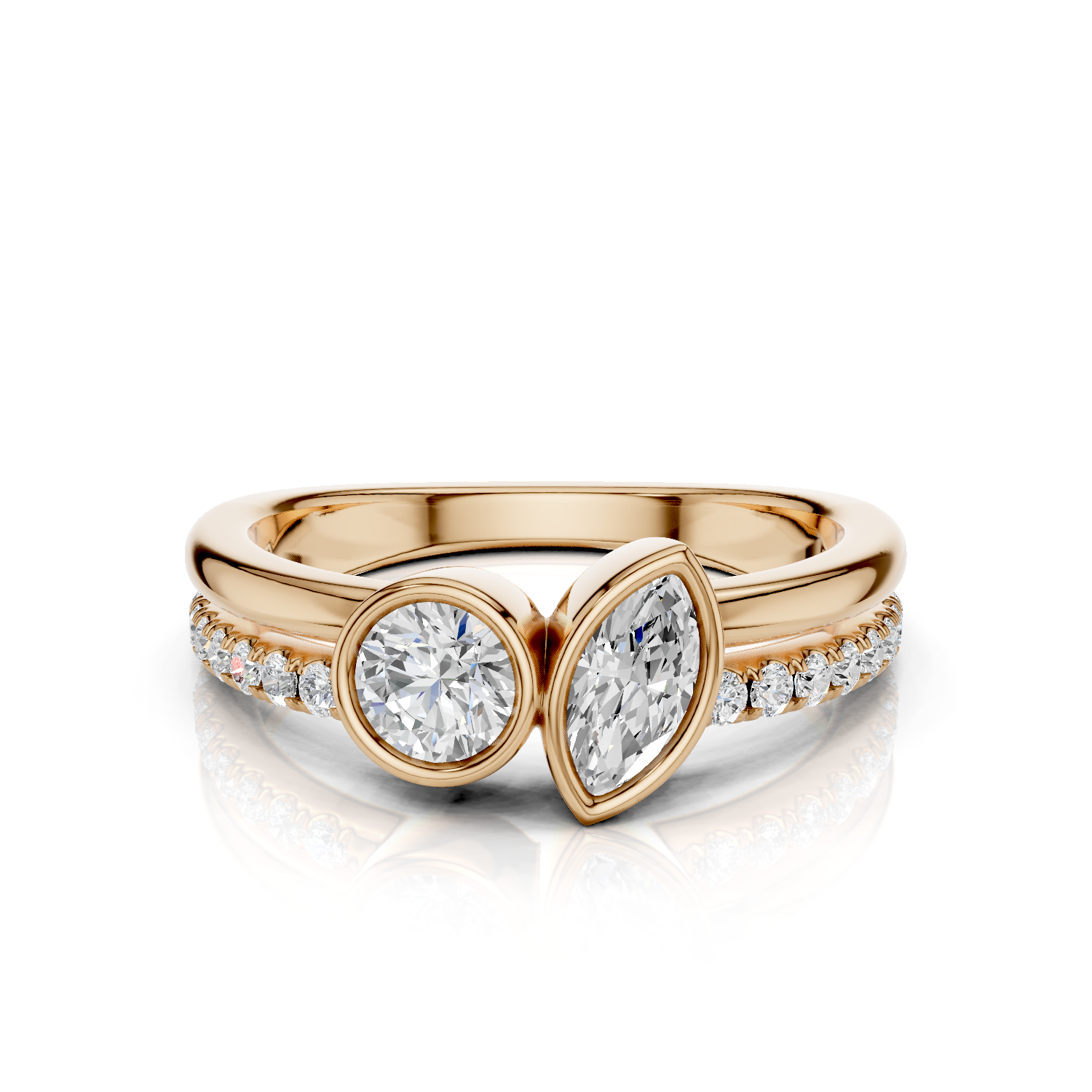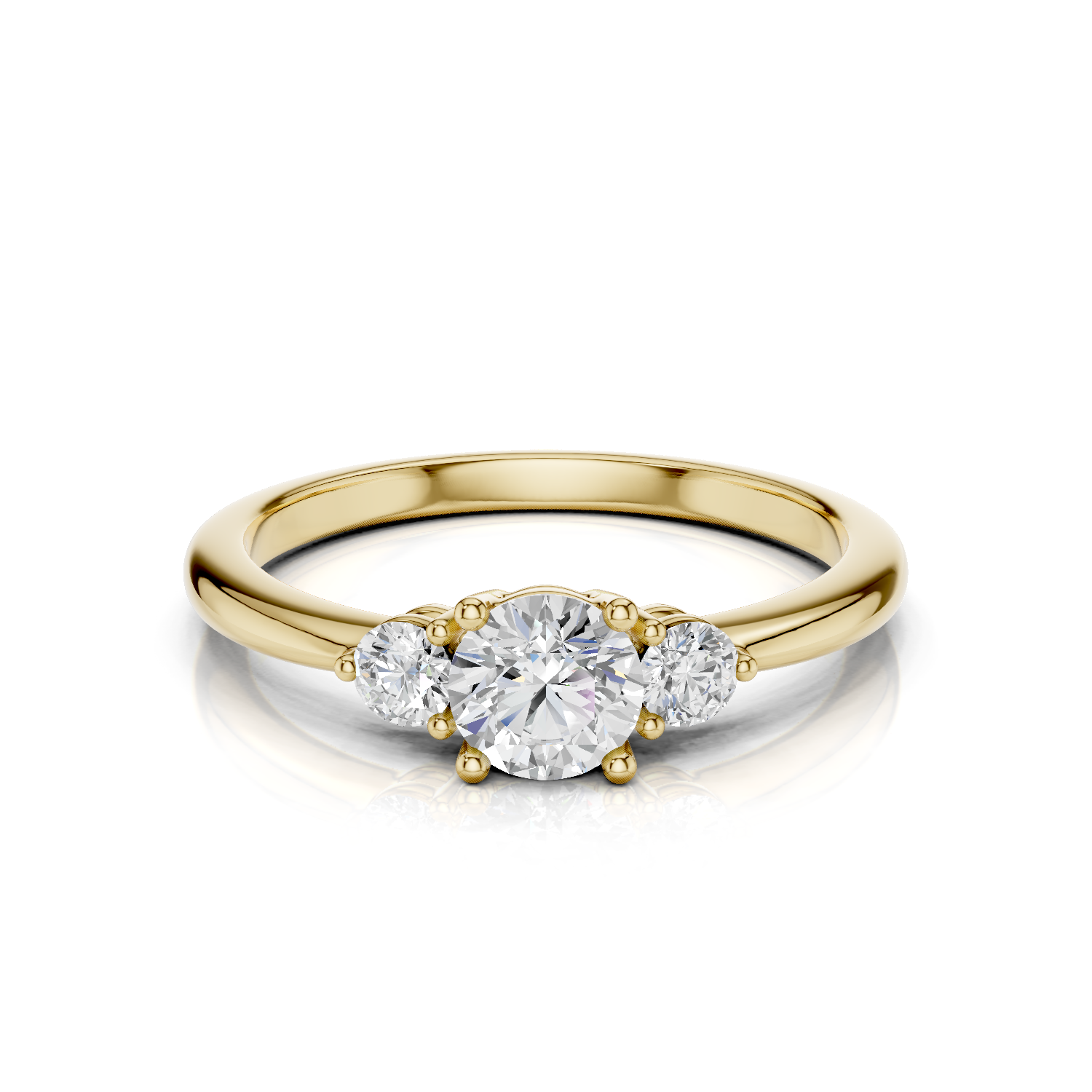
In the ever-evolving landscape of jewelry digital marketing, a revolutionary shift is taking place. Traditional photography, once the cornerstone of jewelry presentation, is gradually making way for stunning 3D renders. As someone who has worked closely with luxury jewelry brands, I’ve witnessed this transformation firsthand, and the reasons behind this change are both fascinating and practical.
Traditional jewelry photography, despite its artistic merit, comes with inherent challenges. Capturing the perfect sparkle of a diamond or the intricate details of a handcrafted piece requires extensive setup time, specialized equipment, and perfect lighting conditions. Even then, achieving consistency across multiple pieces can be incredibly difficult.
Professional photoshoots also demand significant resources. From hiring experienced photographers to setting up elaborate lighting systems, the costs can quickly escalate. Moreover, if a design needs modification or a different metal option needs to be showcased, the entire process must be repeated.
Enter the world of 3D rendering. This technology has revolutionized how jewelry brands present their collections, offering advantages that traditional photography simply cannot match:
Unlike photography, where lighting conditions might vary between shoots, 3D renders maintain perfect consistency across an entire collection. Every piece is displayed under identical conditions, creating a cohesive brand image.
Perhaps the most compelling advantage of 3D renders is the ability to modify designs instantly. Want to see how a ring looks in rose gold instead of white gold? Or with different gemstones? These changes can be made with a few clicks, without the need for additional photography sessions.

While the initial investment in 3D modeling might seem substantial, it quickly pays for itself. Once a piece is modeled, creating variations or new angles becomes remarkably cost-effective compared to organizing multiple photoshoots.
The switch to 3D rendering has transformed jewelry digital marketing strategies. Brands can now:
While 3D renders are becoming increasingly popular, they’re not always the only solution. Some scenarios where traditional photography might still be preferred include:
However, for most modern jewelry brands, especially those with extensive collections or customization options, 3D rendering has become the go-to choice.
As technology continues to advance, the gap between 3D jewelry images vs photography will likely widen further. Emerging technologies like augmented reality and virtual reality are already being integrated with 3D renders, creating even more engaging customer experiences.
The shift from traditional photography to 3D renders in the jewelry industry isn’t just a trend—it’s a fundamental change in how brands showcase their pieces. While traditional photography still has its place, the advantages of 3D rendering in terms of flexibility, consistency, and cost-effectiveness make it an increasingly attractive option for jewelry businesses looking to stay competitive in the digital age.
For jewelry shops considering this transition, the question isn’t really “if” but “when.” As technology becomes more accessible and customer expectations continue to evolve, embracing 3D visualization might be the key to staying ahead in the competitive world of jewelry retail.